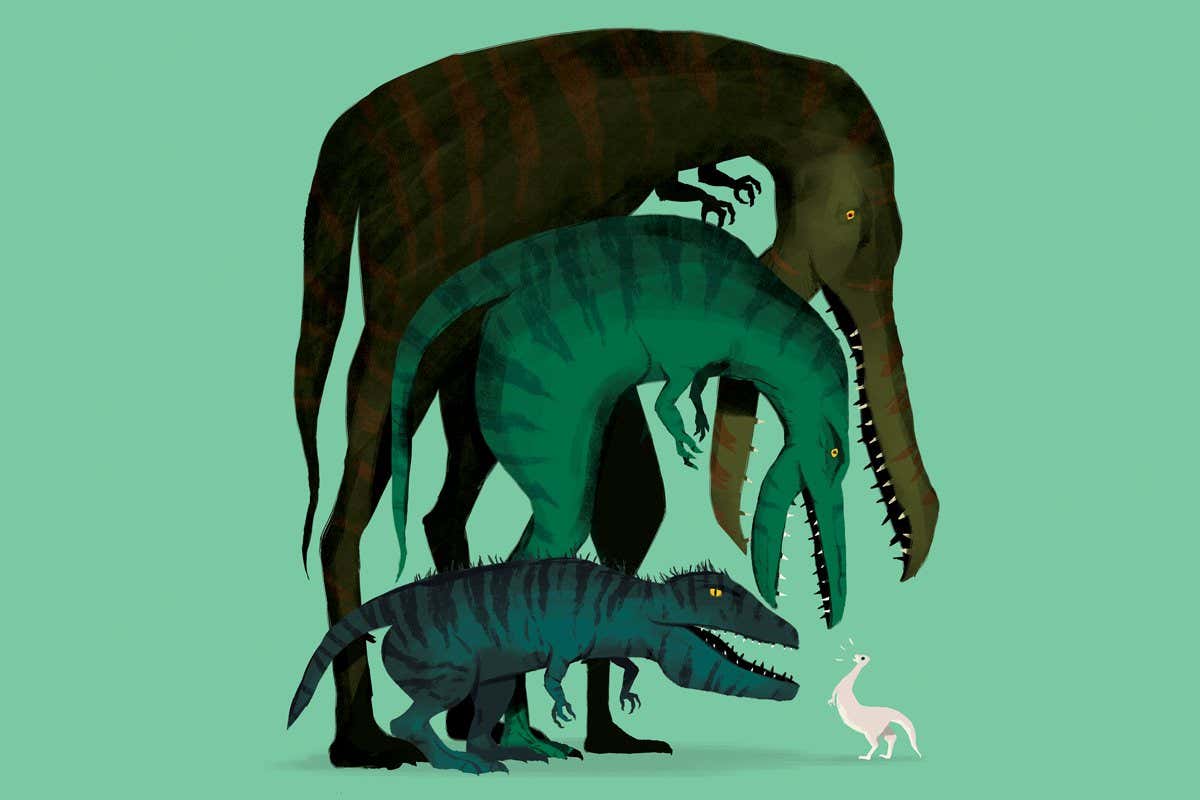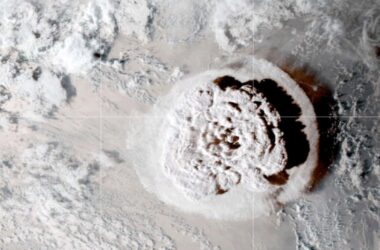In the Jurassic and Cretaceous periods, it was common for multiple giant carnivorous dinosaurs to co-exist in the same habitat. This raises the question of how these predators divided up the ecosystem among themselves.
Palaeontologists have been studying dinosaurs like Spinosaurus and Tyrannosaurus for years, piecing together their daily lives and understanding their diets and growth. As researchers gain more insights into these carnivores, it is becoming clear that our previous understanding of how they lived and hunted might have been misunderstood.
One iconic dinosaur, Spinosaurus, was particularly impressive with its length of 14 meters and weight of over 7 tonnes. It even appeared as the central villain in the movie “Jurassic Park III,” sparking debates about who would win in a hypothetical battle between Spinosaurus and Tyrannosaurus. However, such a confrontation could never have happened because they lived in different time periods and regions.
Despite this, there were undoubtedly confrontations between carnivorous dinosaurs. The co-existence of multiple large predators in the Jurassic and Cretaceous periods was made possible through various factors that allowed them to share territory within the same ecosystem.
The exact factors that enabled this co-existence are still being unraveled by paleontologists. However, the ongoing research has shed light on the daily lives and hunting strategies of these ancient predators, changing our understanding of how they interacted with each other and their environment.
To learn more about this topic and the discoveries made by paleontologists, click here.








